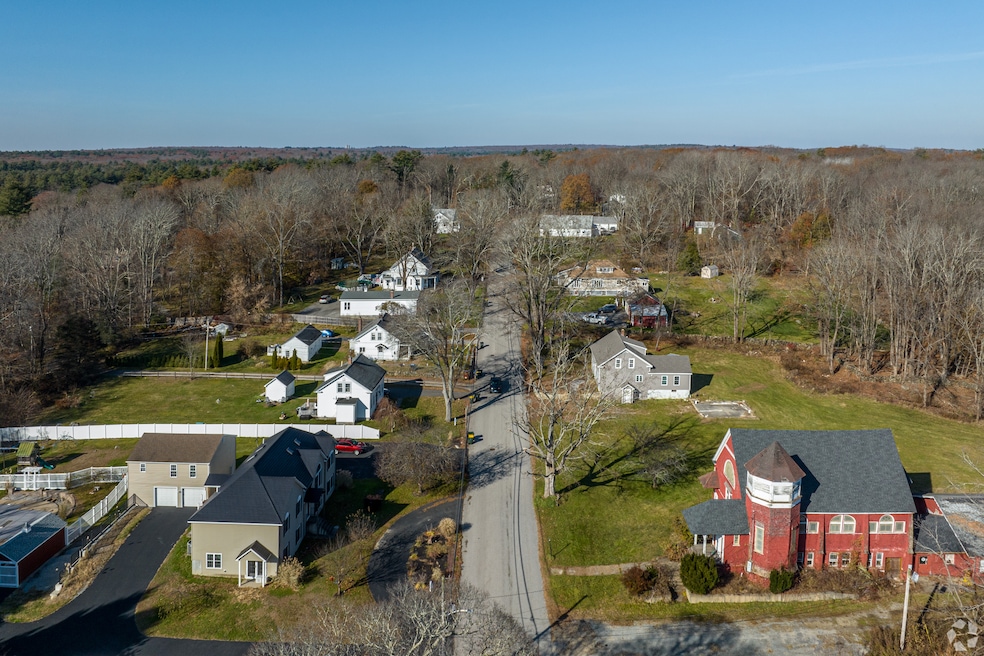Home prices are growing, and they might be starting to pick up speed.
The cost of a single-family pre-owned house climbed 3.9% in December compared to the same time a year earlier, according to the latest reading of the S&P CoreLogic Case-Shiller U.S. National Home Price Index.
As the index continued its months-long streak of all-time highs, it also clocked a faster pace of growth than the previous month for the second consecutive reading, a reversal from the slight slowdown that manifested during the fall months.
A similar trend appeared in data from the Federal Housing Finance Agency’s monthly price index released Tuesday. In the last three months of 2024, home prices grew 4.5% compared to the comparable period a year earlier.
That’s a higher rate than the three straight previous quarterly readings that showed slower price growth, according to Anju Vajja, deputy director of the FHFA’s Division of Research and Statistics.
Tuesday’s data comes on the cusp of the spring homebuying and selling season, historically the busiest time of year for residential real estate. But, it’s important to note that the data comes at a three-month lag, so Tuesday’s numbers reflect prices from October, November and December.
Even so, the increased upward pressure on prices and stubbornly elevated mortgage rates has some economists and experts worried that the usual rush of activity might not come.
“While anticipation going into the spring home-buying season is building, there are no clear signs yet that buyers will rush in the same way they did during the last couple of years,” Selma Hepp, chief economist at CoreLogic, said in a statement.
Moreover, Vajja suggested that price growth accelerated because “the inventory of homes for sale tightened even further.”
Further complicating market activity is the slew of changes to the federal workforce that are affecting residents across the country. Thousands of government employees have been sent home in recent weeks. While the exact number of workers let go is in flux, roughly 75,000 have separately accepted a buyout option offered by the administration. Though those changes have yet to manifest any tangible, significant changes to housing, they are still introducing a degree of uncertainty among prospective buyers and sellers, according to Hepp.
Regional variation
The rate of home-price growth has also shown up differently across different regions, the S&P CoreLogic Case-Shiller U.S. National Home Price Index showed.
Of the 20 metropolitan areas specifically measured by the index, 19 out of 20 saw price acceleration between December 2023 and December 2024. For the second month in a row, Tampa was the only city that saw price deceleration.
Overall, prices in the West have slowed the fastest while metropolitans in the Northeast maintained strength, according to Brian Luke, head of commodities at S&P Global Indices.
“The Northeast continues to lead all regions with above-trend growth,” he said in a statement, “led by New York for the eighth consecutive time.”
Despite that growth though, Luke noted that as a whole, the index is seeing “below-trend growth” compared to its historical data.
“National home prices have risen by 8.8% annually since 2020, led by markets in Florida, North Carolina, Southern California and Arizona,” he said. “While our National Index continues to trend above inflation, we are a few years removed from peak home price appreciation.”

